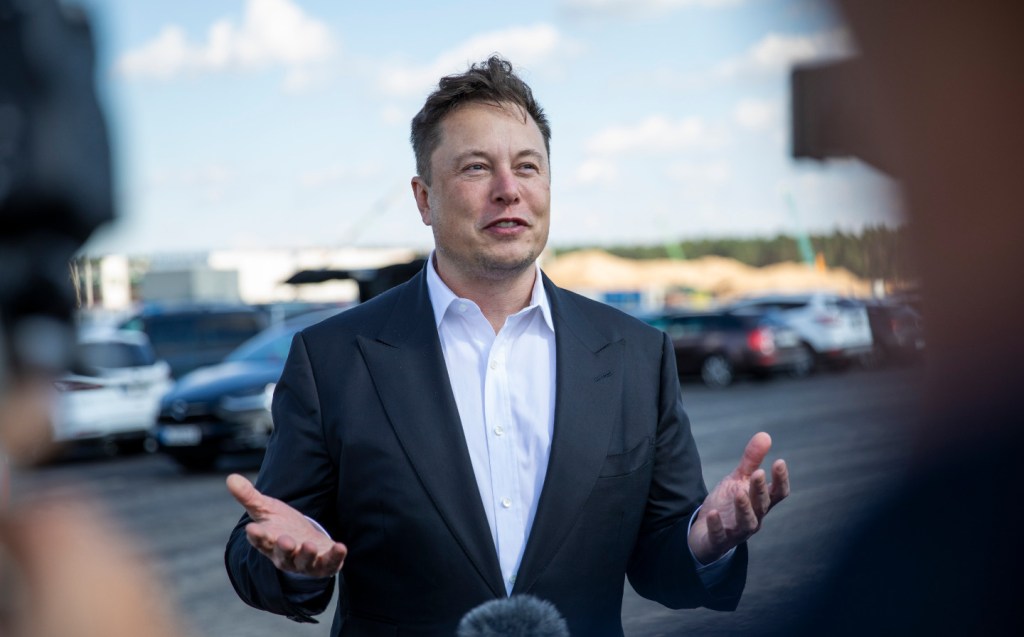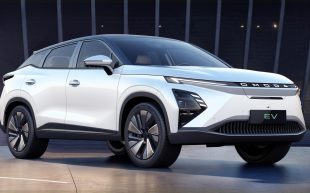Elon Musk redeploys Tesla employees to help redesign Twitter – in just a week
Chief Twit makes sweeping changes
Elon Musk has redeployed more than 50 trusted Tesla employees to work on Twitter code, it has been reported, as the new owner of the influential social media site hopes to rapidly redesign how the network operates to generate revenue and pay back investors.
According to CNBC, at the heart of Twitter’s redesign is a new subscription and verification process. Existing employees of the social media giant have been tasked with a complete redevelopment within just one week, the report said, with long hours expected and an uncertainty over job security.
Indeed, investors had been told that up to 75% of staff could be laid off, though when Musk arrived at Twitter HQ on the day the sale was confirmed, the entrepreneur claimed that was not the intention.

Musk is understood to be using Tesla Autopilot software engineers to review the existing Twitter codebase to identify where improvements can be made. Employees from Musk’s tunnelling firm, called the Boring Company, and his brain-machine interface business Neuralink are also involved in the process. This information appears to have been gleaned from the internal Twitter directory, to which names from Musk’s other companies were quickly added following the transfer of ownership.
Musk, already CEO of Tesla and SpaceX, completed his $44 billion (£38.4bn) acquisition on Friday last week, entering the Twitter headquarters carrying a white porcelain sink – later tweeting “Let that sink in” – and then changing his own Twitter profile to read “Chief Twit”.
He swiftly fired the CEO Parag Agrawal, CFO Ned Segal and legal affairs and policy chief Vijaya Gadde, in effect making him the sole director of the company and the CEO.
Significant changes from the end users’ point of view are also likely coming to Twitter, as previewed by Musk in his own tweets over the past year.
The most talked about is the end of lifetime bans for users, which opens the possibility of former US president Donald Trump returning to the platform, but there will also be a focus on profitability that doesn’t rely on advertising.
To that end, it’s highly likely that a new user verification system will be tied in with a paid-for subscription model.
And Musk is hoping to woo content creators by allowing them to earn a living through the platform – as is possible on other social media networks.
Following a spat with the Twitter directors in April, when Musk aimed to become a board member, the businessman offered to buy Twitter outright for $54.20 a share. To free up cash, he initially sold $8.5bn in Tesla stock. He then attempted to walk away from the deal the following month with lawyers acting on Musk’s behalf claiming Twitter was in “material breach” of the agreement over its lack of action on “bots” – fake Ai-controlled accounts that artificially bolster user numbers.
Twitter then sued him, and Musk sold a further $6.9bn in stock to “avoid an emergency sale” if Twitter succeeded in court. The platform said he had committed “a long list” of contractual breaches and the legal wrangling continued for months – behind closed doors and via Twitter posts – before Musk relented and went through with the sale.
Related articles
- After reading about Elon Musk’s redeployment of Tesla staff to Twitter, you should check out when Elon Musk offered to sell $6bn of Tesla stock if UN can prove the money could end world hunger
- Did you hear that the Tesla Model 3 was second in list of UK’s best-selling cars of 2021?
- We drove the Tesla Model Y in the UK and found its one flaw…
Latest articles
- Omoda 5 prototype review: Bargain family SUV is solid first effort for new Chinese brand
- Dacia Duster 2024 review: Rugged, affordable SUV modernised with electrification and quite the glow up
- Audi A3 Sportback 2024 review: Softly, softly, catchy premium hatchback buyer
- New electric-only Mini Aceman fills gap between Mini Cooper hatch and Countryman SUV
- Tesla driver arrested on homicide charges after killing motorcyclist while using Autopilot
- Porsche Macan 2024 review: Sporty compact SUV goes electric, but is it still the class leader for handling?
- F1 2024 calendar and race reports: What time the next grand prix starts and what happened in the previous rounds
- Aston Martin DBX SUV gets the interior — and touchscreen — it always deserved
- Nissan unveils bold look for updated Qashqai, still made in UK














